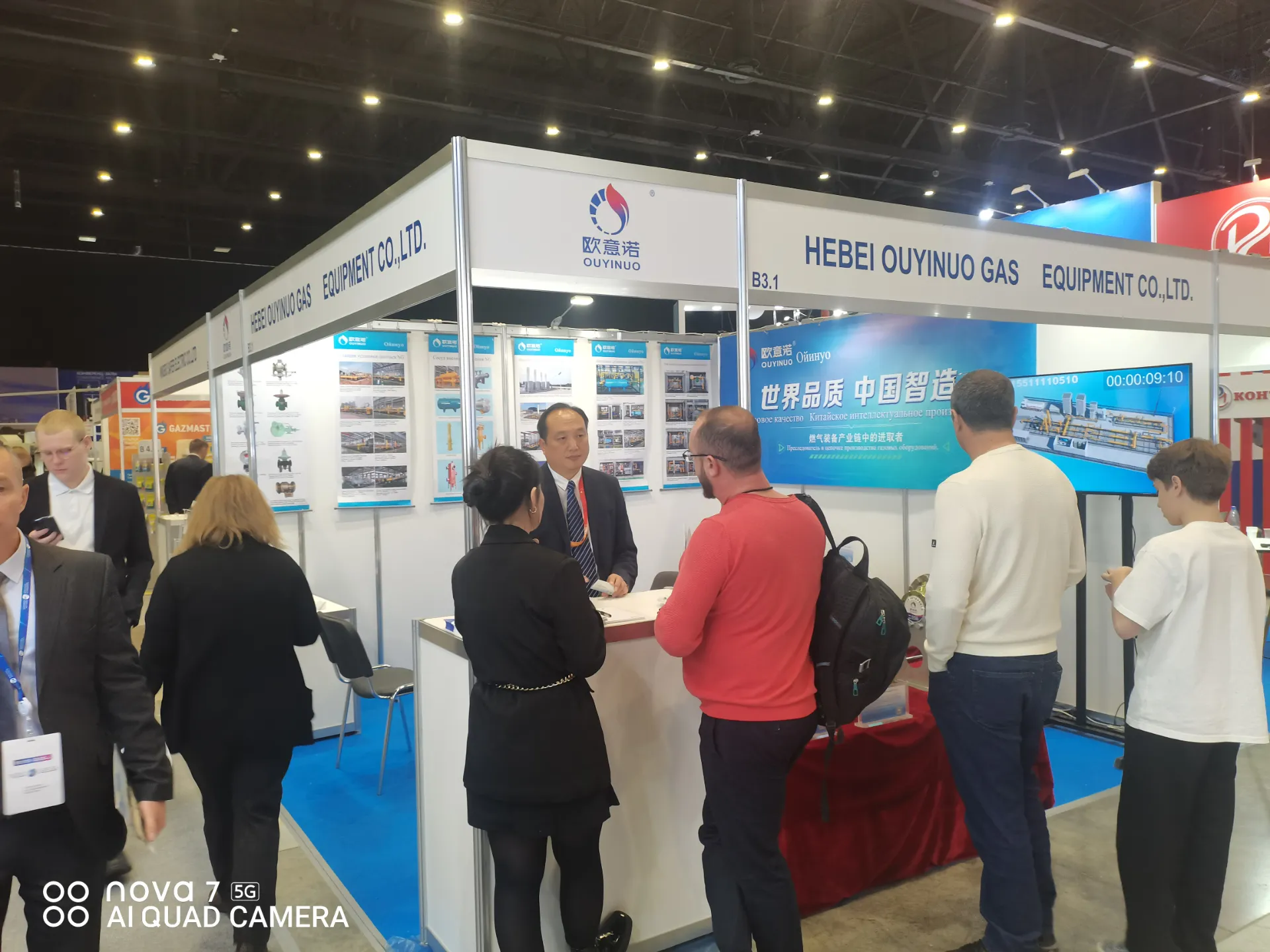
Nov . 10, 2024 14:50
Back to list
Electric Control Valve for Precision Flow Regulation in Automation Systems
Understanding Electric Regulating Valves Function, Types, and Applications
Electric regulating valves are critical components in various industrial systems, primarily used to control the flow and pressure of gases and liquids. By automatically adjusting the valve position based on input signals, these valves ensure the efficient operation of processes across multiple sectors, including water treatment, chemical processing, and HVAC systems.
How Electric Regulating Valves Work
At the core of an electric regulating valve is an actuator powered by electricity, typically in the form of a motor or servo. The actuator receives a control signal from a control system, which may be a programmable logic controller (PLC) or a distributed control system (DCS). Depending on the input signal, the actuator modifies the position of the valve, thus regulating the flow of the medium passing through it.
The key advantage of electric regulating valves is their precision. By continuously receiving feedback from flow sensors or pressure transducers, these systems can make real-time adjustments, ensuring that systems operate within desired parameters. This level of control enhances process stability and efficiency, leading to significant energy savings and reduced operational costs.
Types of Electric Regulating Valves
1. Globe Valves These valves are commonly used in regulating flow due to their ability to offer precise control. The internal structure of a globe valve, with its disk and seat arrangement, allows for effective throttling and regulation of liquid and gas flow.
2. Ball Valves While traditionally associated with on/off applications, electric ball valves can also be equipped with modulating capabilities, making them suitable for certain regulating tasks. Their quick operation and low-pressure drop characteristics make them advantageous in systems requiring rapid flow adjustments.
3. Butterfly Valves These are often used in larger pipe systems for regulating flow. The design of butterfly valves allows for a lightweight and compact solution, which is particularly useful in applications where space is limited.
4. Diaphragm Valves Known for their excellent sealing capabilities, diaphragm valves are used in sanitary and corrosive applications. Their design allows for minimal dead space, making them ideal for processes requiring strict hygiene standards.
Applications of Electric Regulating Valves
electric regulating valve

Electric regulating valves have a wide array of applications across various industries
- Water and Wastewater Treatment In this sector, electric valves control the flow of water through filtration and treatment systems, ensuring optimal chemical dosing and treatment processes.
- Food and Beverage Industry They are crucial in managing the flow of raw materials and ingredients, enabling precise control in processes such as mixing and pasteurization.
- Oil and Gas In the petroleum industry, these valves regulate the flow of crude oil and natural gas, helping to maintain pipeline integrity and safety during transportation.
- HVAC Systems Electric regulating valves control the flow of water and refrigerants in heating, ventilation, and air conditioning systems, promoting energy efficiency and comfort in buildings.
Advantages of Using Electric Regulating Valves
The integration of electric regulating valves into industrial processes offers numerous benefits. They provide enhanced accuracy in flow control, reducing wastage of resources and minimizing energy consumption. The automation of these systems also means less manual intervention is required, leading to improved safety and operational efficiency.
Moreover, the adaptability of electric regulating valves allows for easy integration with existing control systems, making them a versatile choice for many applications. Their ability to provide real-time monitoring and feedback further empowers operators to diagnose issues swiftly and maintain process integrity.
Conclusion
Electric regulating valves are indispensable in today’s automated industrial landscape. Their ability to provide precise control over fluid dynamics not only enhances process efficiency but also aligns with the growing demand for sustainable and energy-efficient solutions. As technology continues to advance, the functionalities of these valves are expected to expand, further solidifying their role in modern engineering and automation.
Latest news
-
Safety Valve Spring-Loaded Design Overpressure ProtectionNewsJul.25,2025
-
Precision Voltage Regulator AC5 Accuracy Grade PerformanceNewsJul.25,2025
-
Natural Gas Pressure Regulating Skid Industrial Pipeline ApplicationsNewsJul.25,2025
-
Natural Gas Filter Stainless Steel Mesh Element DesignNewsJul.25,2025
-
Gas Pressure Regulator Valve Direct-Acting Spring-Loaded DesignNewsJul.25,2025
-
Decompression Equipment Multi-Stage Heat Exchange System DesignNewsJul.25,2025

